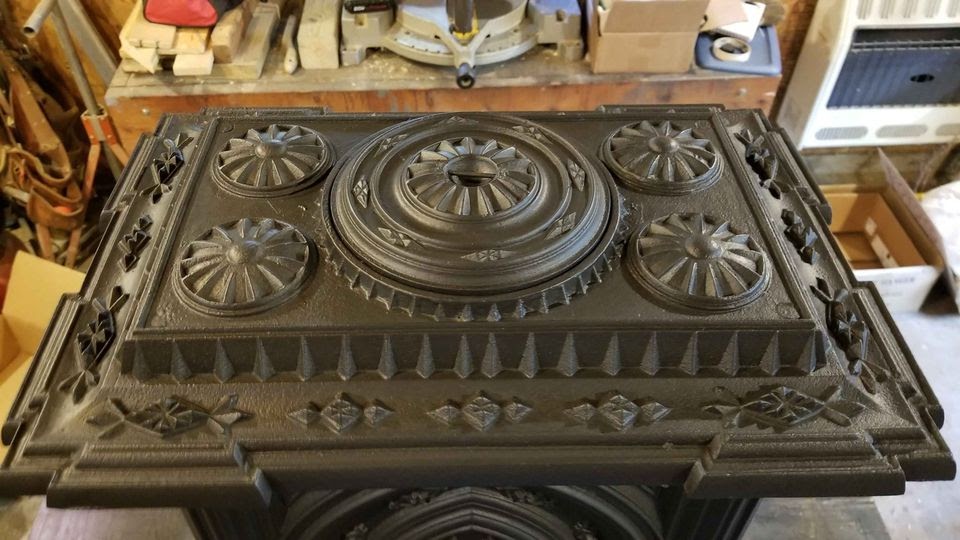The Albany/Troy area was famous for its craftsmanship and detailed castings in the 1800's Here is a blog on two of the best designers of the time.

 stovehistory.blogspot.com
stovehistory.blogspot.com

The Great Partnership: Ezra Ripley and Nicholas Swart Vedder, Troy Stove Designers, 1836-1864
The Great Partnership: Ezra Ripley and Nicholas Swart Vedder, Troy, NY Stove Designers, 1836-1864 The recent appearance of another attrac...

